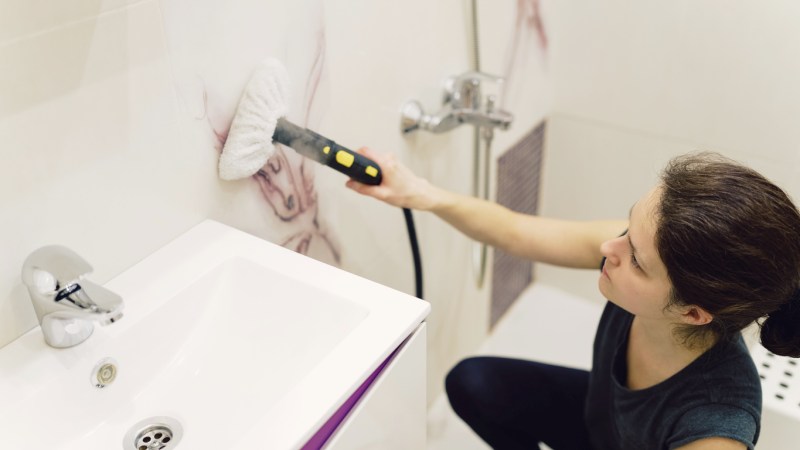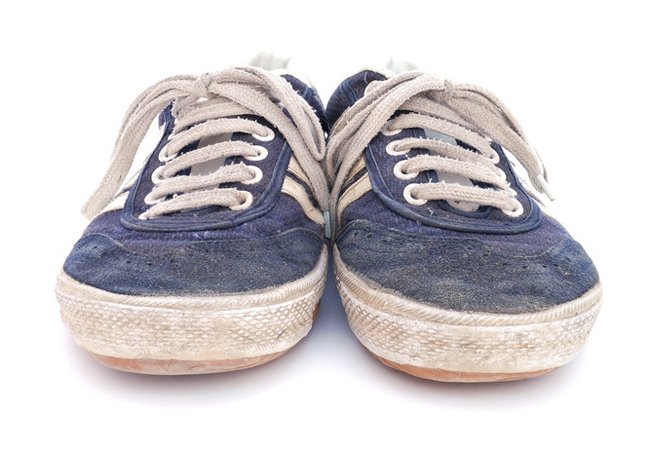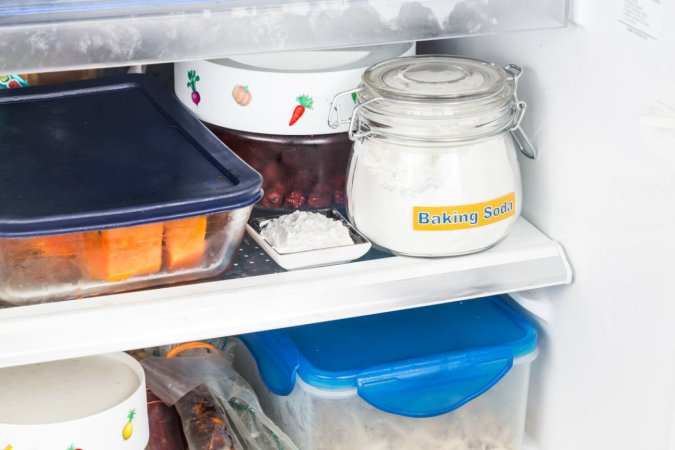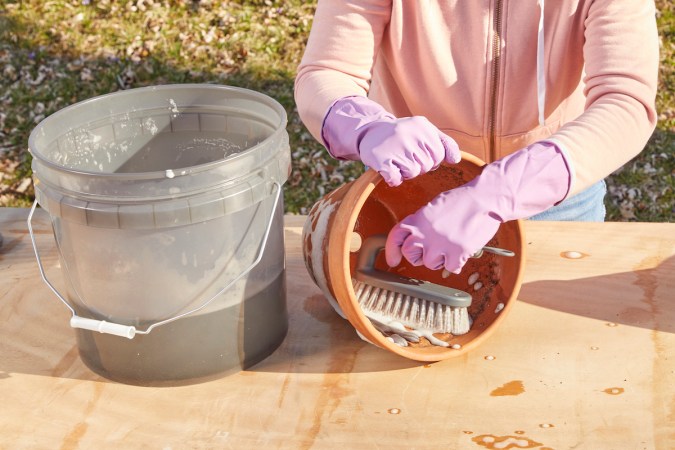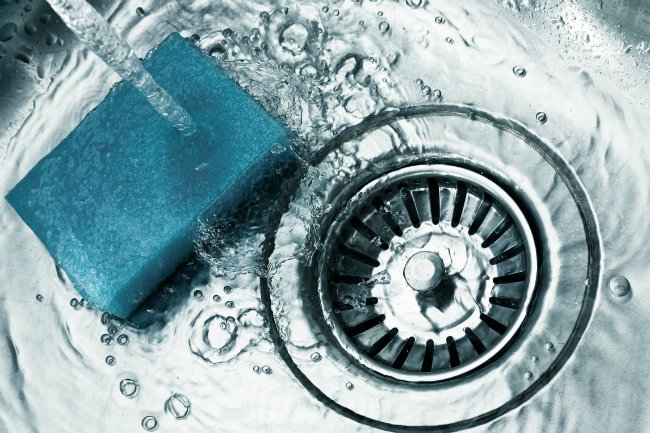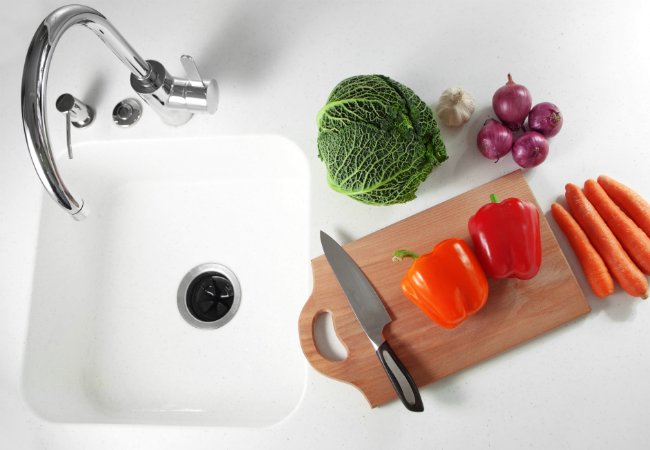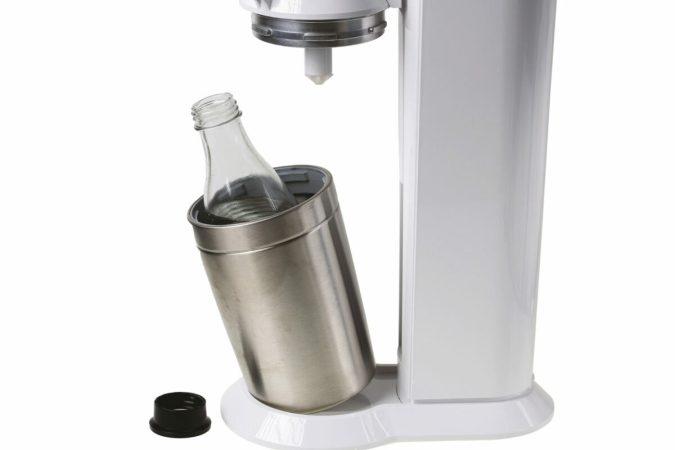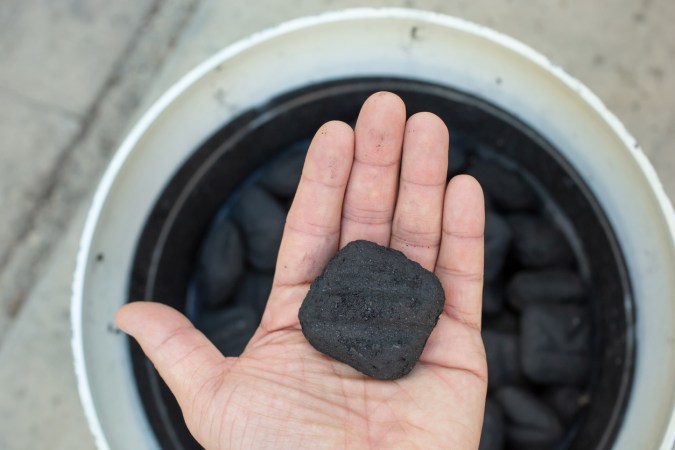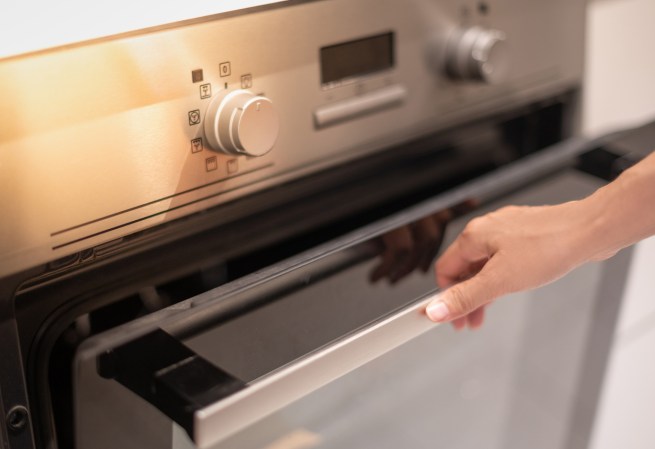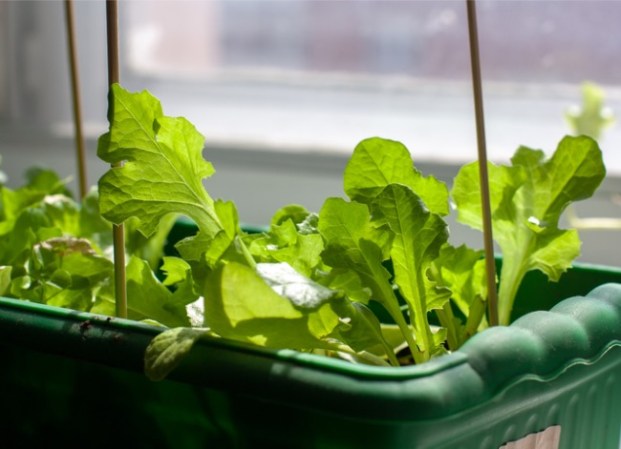We may earn revenue from the products available on this page and participate in affiliate programs. Learn More ›
Q: Every time I open the fridge, I get a whiff of sourness that I can’t identify. I’ve already cleaned out all the old leftovers, but this vaguely unpleasant odor remains. What can I do?
A: It takes detective work to identify, dispose of, and then deal with un-fresh fridge smells. The cause of these odors is simple: bacteria. These microbes thrive off organic matter and moisture, both of which are plentiful inside your fridge and freezer. Refrigeration delays bacterial growth and associated food spoilage, but food still breaks down over time and becomes a breeding ground for airborne bacteria, yeast, and mold. Taking steps to reduce bacteria growth and following a proper cleaning routine can erase past odors and minimize future scents.
Empty out the fridge to get a good look at all of its contents.
For a persistent odor, you will have to do a thorough purge of potential bacteria-laden foods. First, turn off your fridge by unplugging it, or flipping the switch at the circuit breaker or fuse box. Or, you can also turn the temperature to its warmest setting, so the fridge won’t be running while you’re clearing.

Do the smell check for freshness.
Start with the more likely suspects—leftovers, cooked food, milk, seafood, meat, and moldy or overripe produce hiding in crisper drawers—when looking for what to compost or toss.
You could use sell-by or use-by dates to guide food disposal, but know that there are no federal regulations on date labeling—instead, companies do their own testing and make the best guess based on peak food quality and taste. Grains, dried beans, and canned foods can last well past their expiration date, while the same may not be true of milk products and eggs. Use your nose and eyes as guides. Sourness, pungent smells, changes in texture, and visible mold are all signs of spoilage. If you’re not sure, ask a family member or friend for a second opinion.
To help prevent future smells, use glass containers rather than plastic for food storage and always check that they’re properly sealed.

Deep-clean the fridge interior with baking soda or, in dire cases, a bleach solution.
You can’t just use any type of cleaner on a smelly fridge. Dish soap often has a fragrance that will mask, rather than eliminate, food odors. Scented cleaning sprays can also affect the taste and smell of food. Your best bet is to stick with odor-absorbing baking soda or a bacteria-killing bleach solution.
- Typically, when cleaning a fridge, you’ll first wipe up any spills or crumbs with a damp cloth or paper towel. Next, mix one quart of hot water with two tablespoons of baking soda and sponge down all shelves, drawers, fridge walls, and door seals. Treat any caked-on residue with a baking soda paste and, after several hours of set time, scrub away with an old toothbrush. Finally, wipe down the entire fridge with fresh water and a clean sponge to remove all baking soda, then dry with clean rags.
- If you’ve experienced a long power outage or feel the need to de-germ, mix one tablespoon of bleach into a gallon of warm water and use this bleach solution to wipe down all fridge surfaces. Rinse surfaces thoroughly with fresh water and a clean, damp sponge. Then, dry with a rag or clean dish towel.
Check and clean the freezer, too, to eliminate bad smells.
We often stick whatever leftovers we won’t eat right away in the freezer. But, if the temperature is too cold or the food has been stored for too long, these items can collect freezer burn—and ice may absorb odors from both the freezer and the fridge. Toss any food items that look fuzzy with ice crystals. Once you’ve cleared out old food, make sure the freezer vents are unobstructed, ensuring good air flow. Then, clean up the ice tray and ice maker (two moisture-rich environments that bacteria can also make their home) following these steps:
- Switch off the ice maker before cleaning.
- Remove the ice bin and throw old ice into a sink filled with either warm, soapy water or a 50/50 solution of water and white vinegar. Use a clean rag to wipe down the ice bin thoroughly, then rinse away all solution with clean water and towel-dry. If your ice bin is dishwasher friendly, wash it on the sanitizing cycle for a complete clean.
- Finally, sanitize the ice maker with a mixture of one tablespoon of bleach and one gallon of water. Sponge down the inside of the ice maker, as well as the ice bin, with the diluted bleach solution. Rinse away all bleach using a sponge dampened with fresh water.
Air out a smelly fridge for 30 minutes.
Because it is an enclosed and tightly sealed space, odors get trapped and soak into the walls and shelves. Once all food and rotten ice have been cleared from your fridge and freezer, give the unit time to air out. After unplugging the fridge, prop the doors open and let air circulate for at least a half-hour.
Tip: Don’t leave perishable food products at room temperature for longer than one to two hours. Instead, transfer more delicate food items and freezer goods to a portable cooler while the fridge is airing.
Clean the fridge’s condenser coils.
When your fridge’s cooling mechanism become dusty, they are less efficient over time and can even emit a burning smell. Fortunately, cleaning refrigerator coils is as simple as knowing their location and how to access them. First, unplug the fridge (you might time this task to coincide with the deep-clean). If the coils are located under your fridge, remove the grille at the front; if they are behind your fridge, roll the fridge away from the wall for easier access. Then, brush away any dust and food particles you find using a coil cleaning brush (available on Amazon for $14.20) and vacuum up all loose dust. Replace the grille or roll the fridge back into place.
Deodorize naturally.
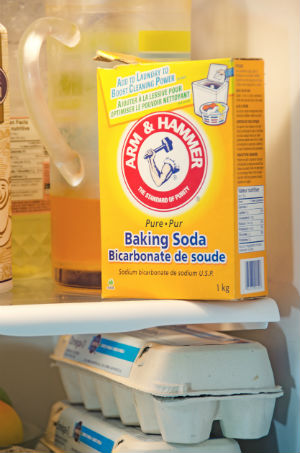
The most popular method for deodorizing a fridge is an open box of baking soda placed on a shelf. While you can certainly use baking soda, there are other items that naturally absorb odors:
- fresh coffee grounds
- active charcoal
- a half-inch pile of unscented kitty litter
- crumpled newspapers (tip: toss paper after a day or two)
To perfume your fridge after odors have been absorbed, soak a cotton pad in vanilla extract. Place vanilla-soaked pad on a shallow dish inside the fridge for 24 hours, then remove.
Or, enlist a commercial fridge odor cleanser and absorber.
For a good surface-level clean, purchase a non-toxic fridge spray, like Traeger All-Natural Cleaner (available at The Home Depot for $14.99). Follow the cleaning tips above, then spray the inside of the fridge with this cleaner, wiping surfaces with paper towels or a clean rag.
You can buy fridge-specific deodorizers, too. Instead of relying on a baking soda box, place one of Arm & Hammer’s Deodorizer Odor Busterz (available at The Home Depot in a 3-pack for $5.01) in the back of your fridge. Or, consider picking up Fridge-Its Cubes (available on Amazon for $6.24), which contain active charcoal. Unlike your average charcoal briquettes, these cubes are designed to be dust free and to last up to six months with guaranteed food safety.
Set your refrigerator to 40 degrees Fahrenheit.
You can reduce food spoilage by keeping your fridge at an ideal temperature of 40 degrees Fahrenheit (low, but not low enough to freeze liquids and produce) and always putting your perishables away as soon as you get home.

